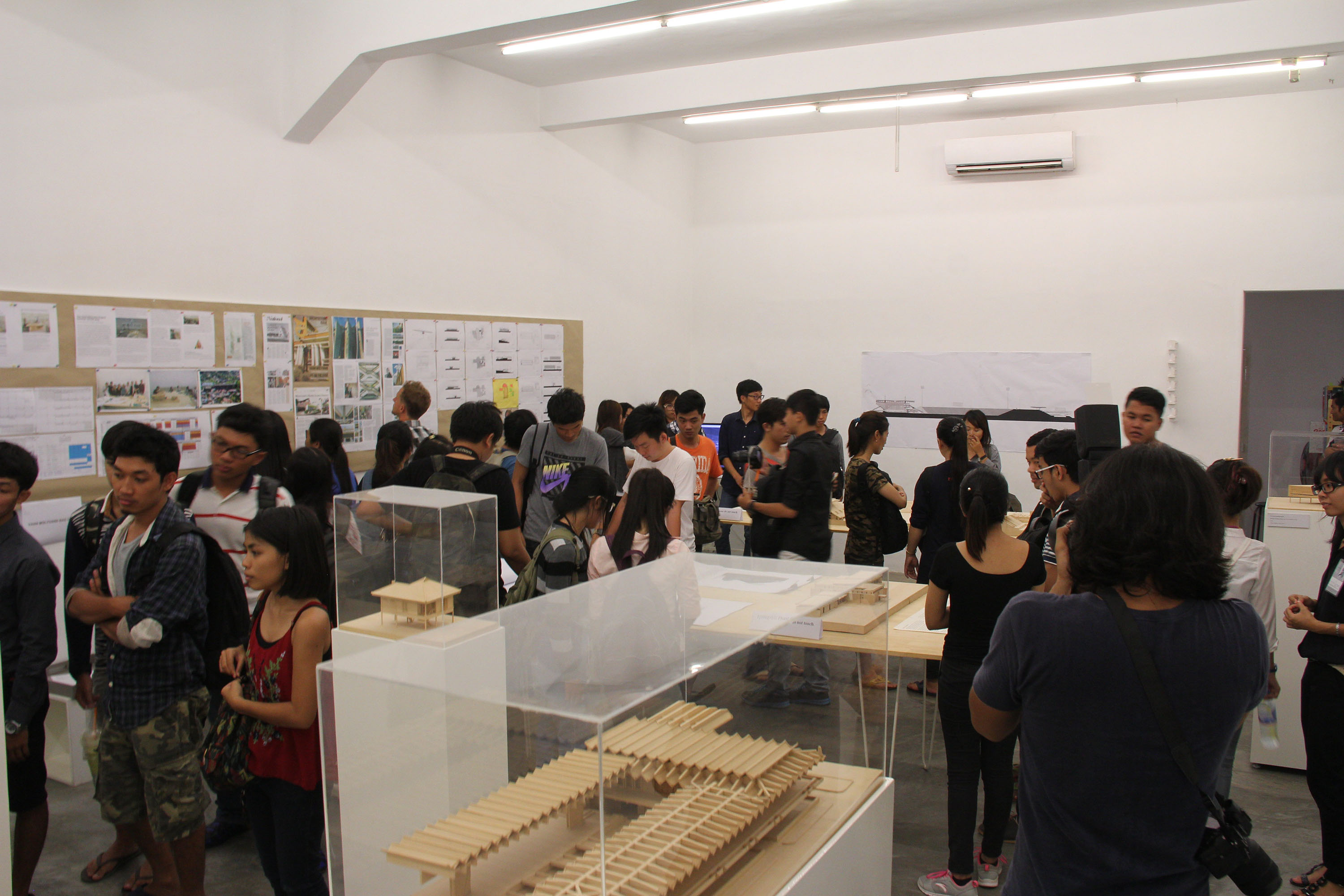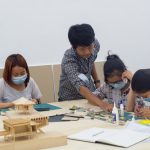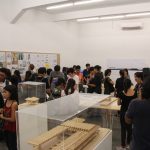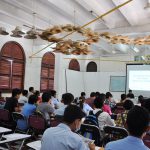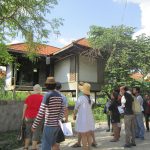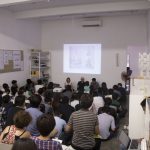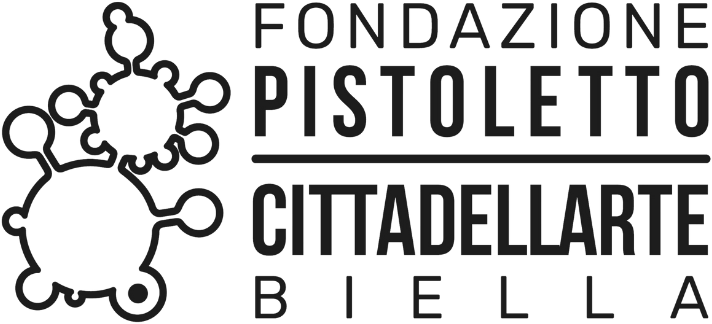About the project
The Vann Molyvann Project is a project to document the works of Vann Molyvann—Cambodia’s foremost architect of the 1950s and 60s—as the metaphor to study the ideology of the modern movement in Cambodia in the 1960s.
The project aims to fill the gap in the historical record by surveying the remaining buildings and generating a database in the forms of measured drawings, photography, interviews, maps, written documents and physical models, in order to reconstruct memory, stories of people and places which have disappeared because of decay, war and urban development. Secondly, it aims to raise the profile of Vann Molyvann’s work, as well as the New Khmer Architecture movement, and improve the likelihood of its preservation through training programmes, conferences, lectures, exhibitions and publications, actively engaging with local communities and international audiences. Finally, we would like to foster collaboration between young Cambodian and foreign researchers and students, connecting them to this extraordinary example of Cambodia’s modern heritage, and providing the basis for educational materials of ongoing value in Cambodia and elsewhere, which can be found at www.vannmolyvannproject.org.
Urban transformation can be perceived, and operationalised through art and culture projects; art projects can be looked through the urban preservation project like The Vann Molyvann Project. The project can be a means of expanding the role of artistic experimentation and practice through interaction, collaboration and dialogue. The Vann Molyvann Project acts as the facilitator to communicate and foster, share and learn, interact and dialogue between people. From there, the future of alternative urban life can be visualised.
External links
About the artist
The Vann Molyvann Project is an international team of cross-disciplinary people such as architects, anthropologists, students, urbanists and art historians working in Phnom Penh to document the buildings of Vann Molyvann—Cambodia’s foremost architect of the 1950s and 60s. Throughout the years, our group includes participants from Cambodia, the United States, Russia, New Zealand and Australia.
